
What Teens Are Doing Online
(reposted from the Free Spirit Publishing blog) Some adults are under the assumption that just about everything that teens do online is either hurtful to themselves or others or a complete waste of time. To be fair, there’s no shortage of daily headlines that seem to point to the conclusion that many teens are using […]

Hannah Smith: Even More Tragic Than Originally Thought
Many are now familiar with the tragic case of Hannah Smith, the 14-year-old from Leicestershire, England, who hanged herself on August 2nd after reportedly being harassed online for months. Cruel messages received principally on the social media site Ask.fm are being cited by her father and others as a primary cause of the suicide, though […]
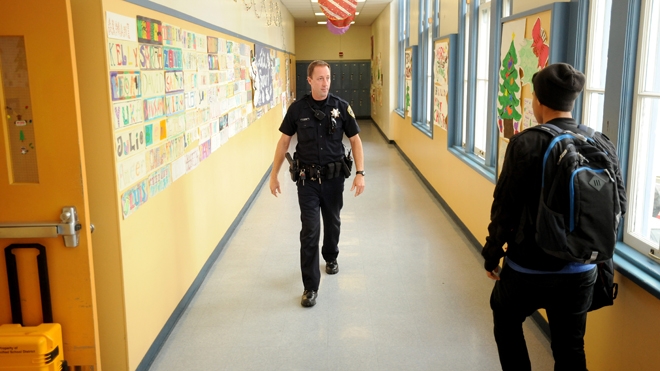
Law Enforcement Views of Cyberbullying and Sexting
Earlier this summer, Sameer and I (along with our good friend Joe Schafer), published an article in the FBI Law Enforcement Bulletin that describes the perceptions and experiences of law enforcement when it comes to responding to cyberbullying and sexting. This article stemmed from my work a few years ago as a Futurist in Residence […]
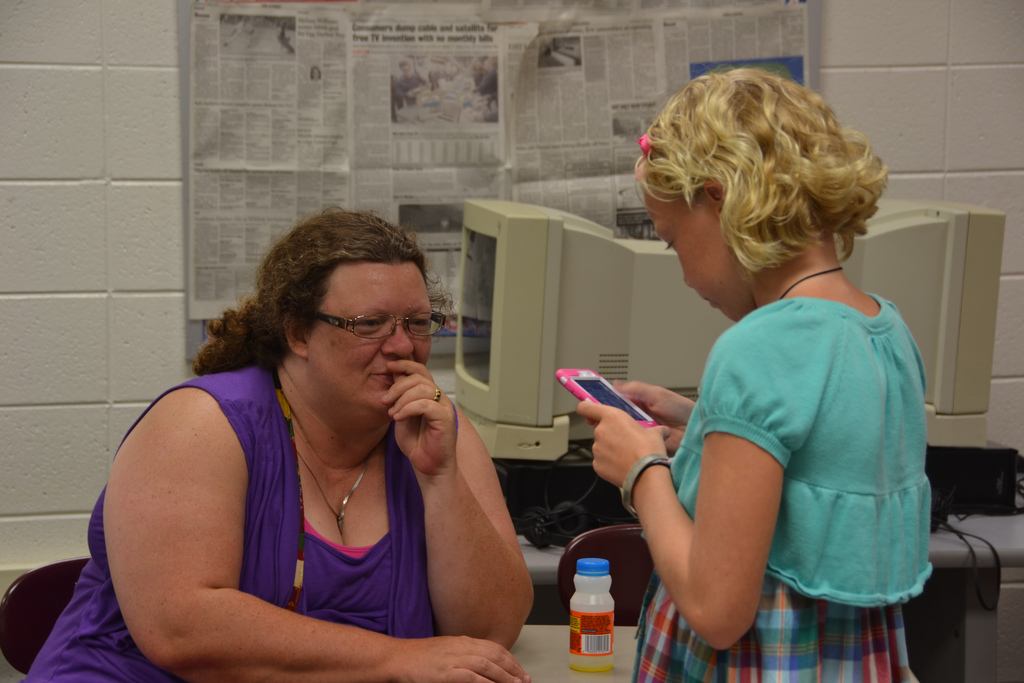
Educators, Students, and Conversations about Technology Misuse
During the last several years, school staff have become well aware that what happens online often significantly impacts the environment at school and the ability of students to learn. It is also true that what goes on at school influences the nature and content of student interactions while away from school. That means that a […]
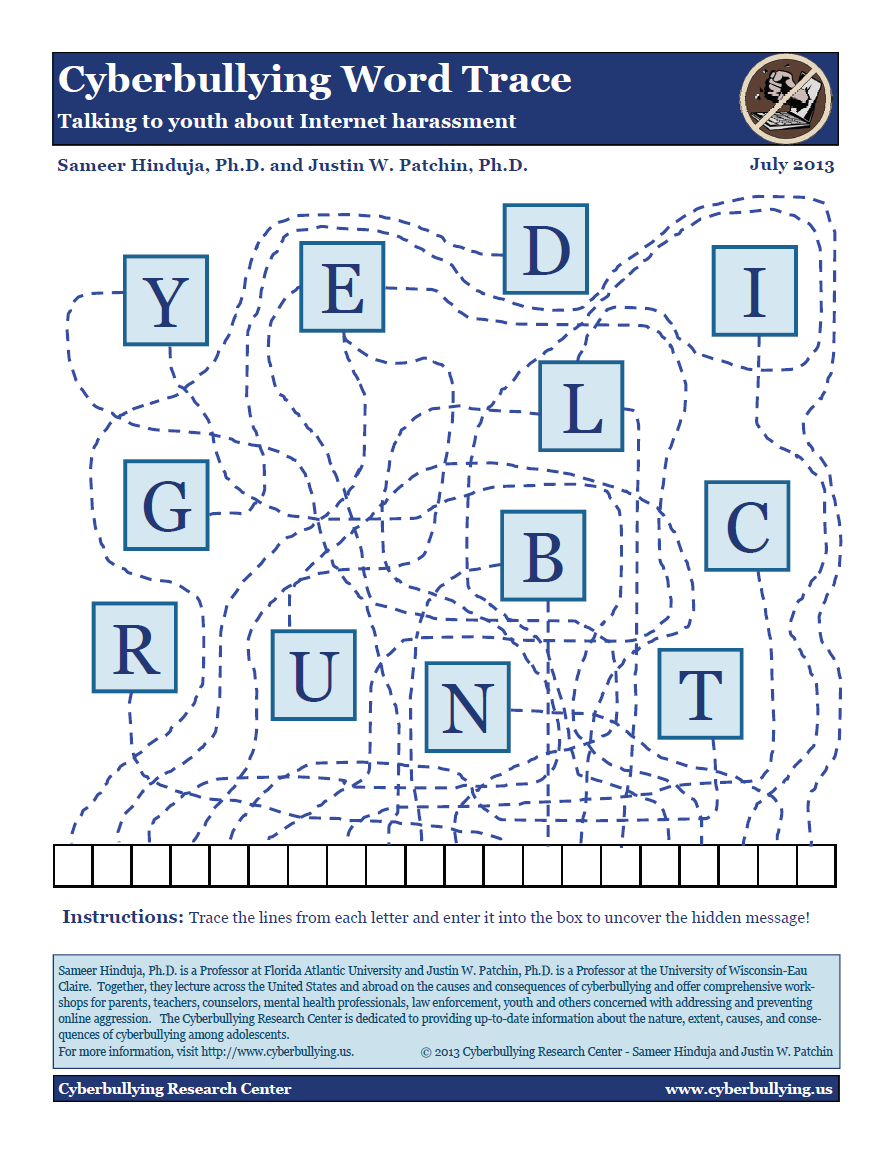
Cyberbullying Word Trace
An activity distributed to youth to promote discussion about cyberbullying. Hinduja, S. & Patchin, J.W. (2013). Cyberbullying word trace: Talking to youth about Internet harassment. Cyberbullying Research Center. Download PDF
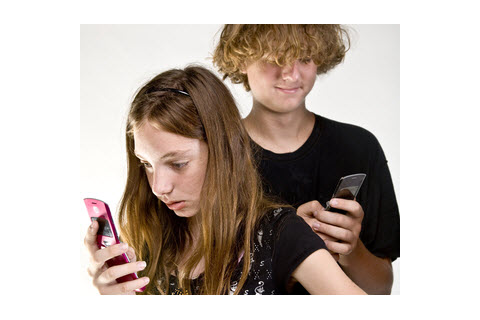
Summary of State Sexting Laws
We define sexting as “sending or receiving sexually explicit or sexually suggestive nude or seminude images or video, usually via a cell phone.” Most commonly when people use the term “sexting” it is to refer to incidents where minors take pictures of themselves when they are nude or nearly nude and send them to others. […]
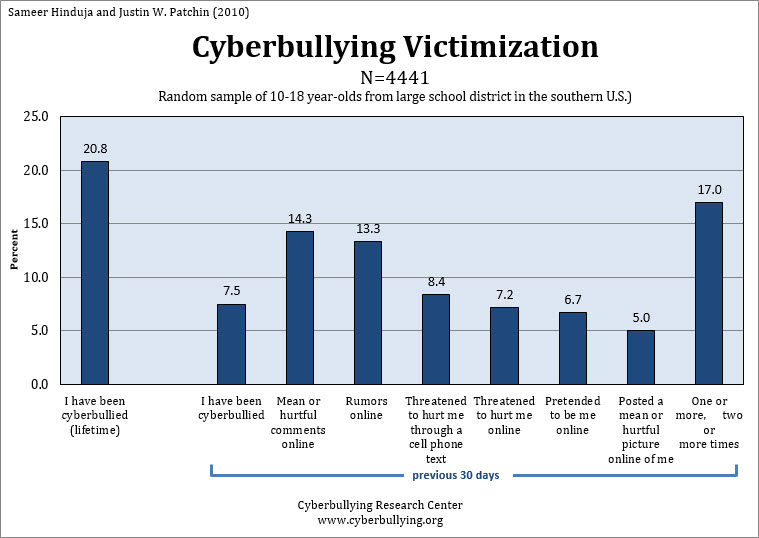
2010 Cyberbullying Data
This study surveyed a random sample of 4441 youth between the ages of 10 and 18 from a large school district in the southern United States. Data were collected in February of 2010 from 37 different schools. Click on thumbnail images to enlarge. Teen Technology Use. Cell phones continue to be the most popular technology […]
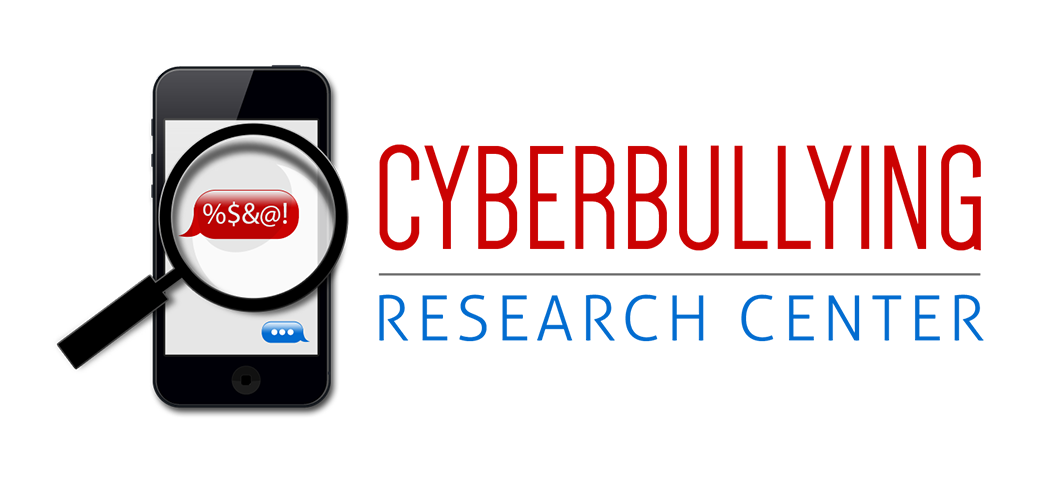
For Educators, Counselors, Social Workers, Law Enforcement, Parents, Students, and Community Organizations
Below is a brief description of some of the common presentations that Drs. Patchin and Hinduja provide. All of their presentations and workshops are highly-informative, relevant, fun, and interactive. There are ample opportunities to ask questions and receive advice on how to deal with specific problems you may have encountered. Note that they are extremely […]

Adolescent Girls and their Online Experiences
Adolescent girls tend to participate in more indirect, less visible forms of bullying, including psychological and emotional harassment (e.g., rumor spreading and other forms of relational aggression). Given the fact that the vast majority of cyberbullying behaviors involve these indirect forms of harassment, it makes sense that most research suggests that girls appear equally as […]

Safe and Responsible Social Media Presentation
This presentation is designed for educators and other youth-serving professionals who want to help adolescents make wise choices when participating on various social media. First, a foundation of the many positives and benefits of online social networking is laid while also exploring the developmental, emotional, and psychological reasons why teens have gravitated towards these environments. […]

